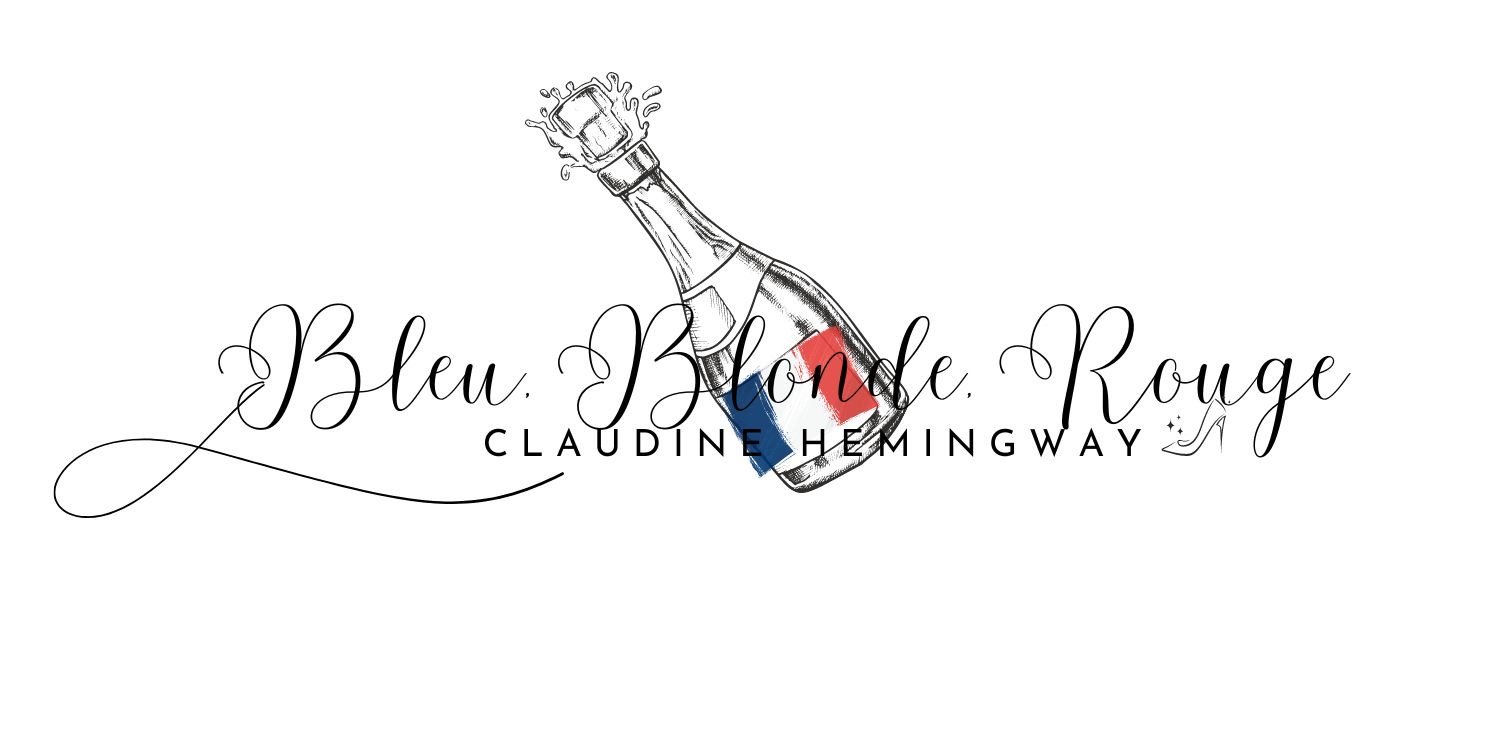Paris is filled with museums and a few stand out over the rest. Of course there is my love, the Musée du Louvre and the Orsay and smaller ones like the Picasso and the Delacroix. However one that might not be on the list for those heading to Paris for just a few days but should be is the Musée Rodin.
On today’s new episode of Paris History Avec a Hemingway on La Vie Creative Podcast we jump into the history of the museum and the life it had before Rodin discovered it.
The Musée Rodin is housed in the Hotel Biron but that's not where the story begins. Wealthy wig maker Abraham Peyrene de Moras was also a close confidant of Louise Francoise de Bourbon, the legitimized daughter of Louis XIV and past podcast subject, Madame de Montespan. Moras tapped architect Jean-Jacques Aubert who also designed the nearby Palais Bourbon for Louise Francoise. Between 1727 & 1732 on the Rue de Varenne outside the city of Paris the Louis XIV style mansion was built.
Moras only enjoyed it for a few years before he died in 1736 and his widow rented it to Louise-Benedicte de Bourbon-Condé, wife of another legitimate child of XIV. It was Louise that would add the beautiful carved wood moldings and paintings above the doors that still remain today.
In 1753 the Marshall de Biron purchased it and it was under Biron that the gardens came to life. The mansion would survive the Revolution, the Russian embassy moved in for a year then the Sisters of the Sacred Heart for 84 years before they were asked to leave and then in 1905 the artists arrived.
Jean Cocteau was the first to move in and he told Isadore Duncan and Matisse who taught classes here. On October 15, 1908 its most famous resident arrived. Cocteau had told the 68 year old sculptor about the wonderful building flooded with light. Rodin moved into the ground level 4 rooms that face the garden. The next year the city was going to break the property into 45 lots and sell them off but Rodin asked Clemenceau to step in and stop it.
Rodin offered his entire collection to the State if they saved the property and agreed to turn it into the Musée Rodin after his death. On November 17. 1917 at 77 the sculptor died and on August 4, 1919 the museum was open to the public.
More than 32,000 pieces of sculptures, documents, photos, art including his personal collection make up the museum today. Of course only a fraction is on display at any one time. It is one of the best ways to spend a day in Paris. If you visit on a sunny day and the light floods into the garden-facing rooms it's clear to see why the artist loved the space so much.
Another gem of the museum is the garden that surrounds it. At one time it was twice the size of what we see today. During the Revolution it was the site of an amusement park and Parisians could take hot air balloon rides from the garden. In 1908 Rodin installed the first sculptures and today it is filled with dozens.
In 1918 Claude Monet gave his gift of his 8 paintings, the Grande Decorations to the State and for a short time the gardens of the Rodin were discussed but the modern structure wouldn’t blend with the classic mansion. Today you can visit the gardens for a few euros and even enjoy lunch or cafe and admire Rodin’s sculptures and sketches within the beautifully curated garden.
The Musée Rodin is open Tuesday-Sunday 10am-6:30pm
Listen to the newest episode today at La Vie Creative Podcast




